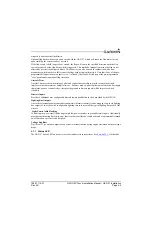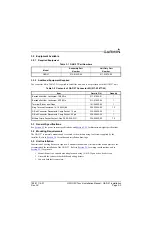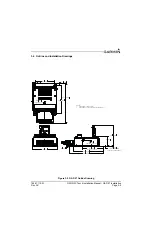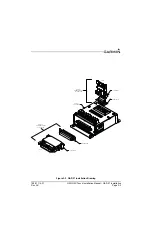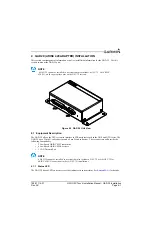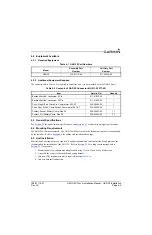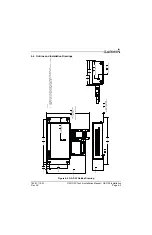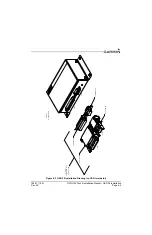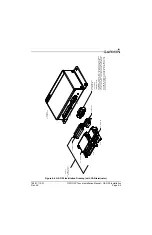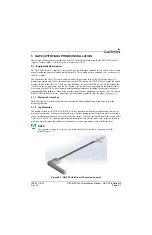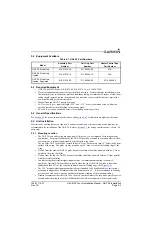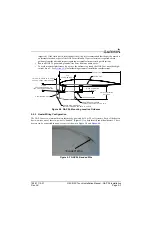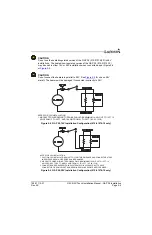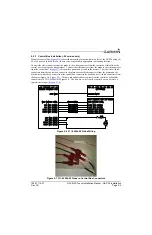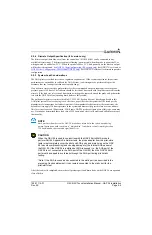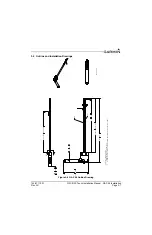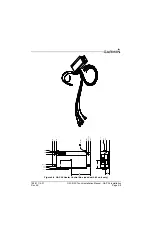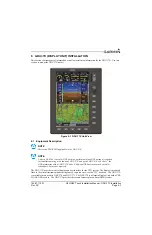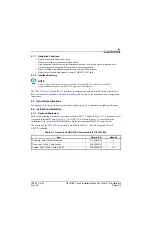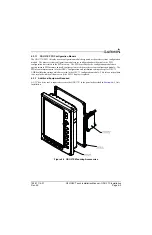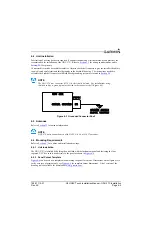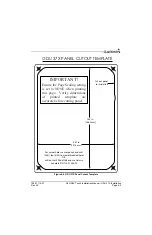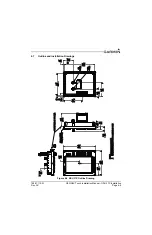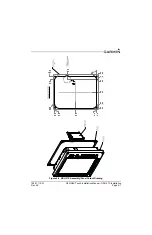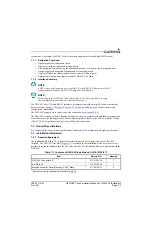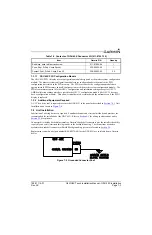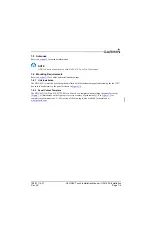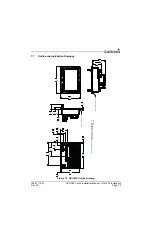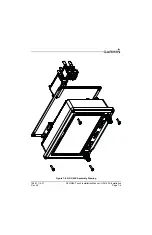
190-01115-01
G3X/G3X Touch Installation Manual - GAP 26 Installation
Rev. AC
Page 5-6
5.5.4 Discrete Output Specification (-20 version only)
The discrete output (bare blue wire) from the control box (011-02965-00) can be connected to any
available discrete input. The discrete output is floating (open-circuit) when the probe is powered off, or
when powered on and below 25° C. When the probe is above 25° C and powered on, the discrete output
will be shorted to ground. See
GAP 26 Alert Configuration (-20 version only)
(for GDU 37X versions) or
GAP 26 Alert Configuration (-20 version of GAP 26 only)
(for GDU 4XX versions) for discrete input alert
configuration.
5.5.5 System Leak Considerations
The AOA pitot system leak test is not a regulatory requirement. If the system experiences inconsistent
performance or an inability to calibrate the AOA System, leak testing may be performed to provide
assurance that any leakage is within an acceptable range.
If a pitot/static tester is used to perform this test, the recommended airspeed input applied to the probe
pressure ports is 150 knots. The leak rate should be less than 5 knots/min with the probe removed from the
aircraft. If the leak rate is less than 5 knots/min with the probe removed, attach the probe and perform the
test with the GAP 26 in line (ensuring drain holes are fully sealed).
The guidance for pitot system tests listed in AC 43.13-1B, Section 4 are not directly applicable to this
AOA pitot system. However, using it as a reference, it specifies that the system shall be tested per the
manufacturer’s instructions but further states that if the manufacturer does not provide instructions, the
default test is to apply 150 knots pressure to the system and measure the pressure loss over one minute.
This loss is not to exceed 10 knots/min. While some GAP 26 probes will pass a test of this type, some may
not. Garmin has determined that a leak rate of 250 knots/min or less is allowable and still ensures proper
functionality.
NOTE
Both pressure chambers on the GAP 26 probe have drain holes that when open during
normal operation would constitute a “designed-in” leak that is several times higher than
250 knots/min but does not add significant error.
CAUTION
When the GSU 25 is used in conjunction with the GAP 26 pitot/AOA probe to
perform Part 43 Appendix E altimeter tests, the probe adapter from the pitot-static
tester must completely cover the pitot and AOA ports and drain holes on the GAP
26 to avoid overpressuring (and causing damage to) the internal AOA sensor of
the GSU 25. If the GAP 26 is installed but AOA is unused (i.e., the AOA port of the
GAP 26 is not connected to the AOA port of the GSU 25) then the GAP 26 AOA
port must be capped to avoid leaks through the AOA port during pitot-static
testing.
*Note: If the AOA is unused and connected to the static port (as described in the
preceding Caution statement) it can remain connected to the static port for the
pitot-static test.
After the leak test is completed, ensure that all pressure ports and drain holes on the GAP 26 are open and
clear of debris.

